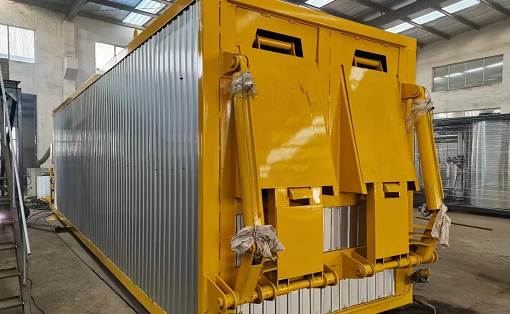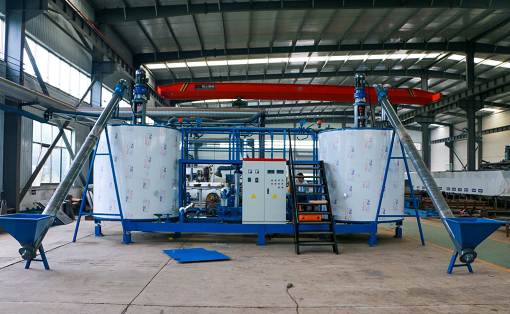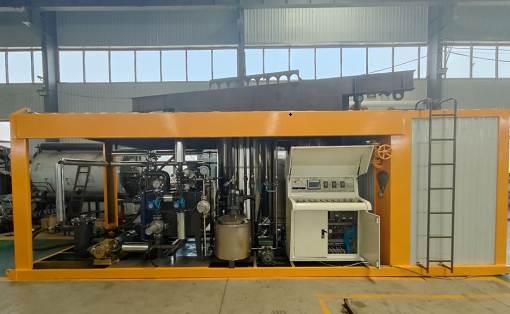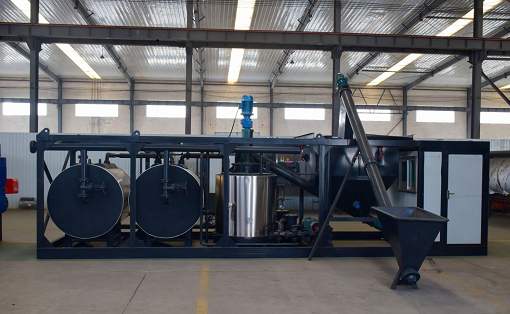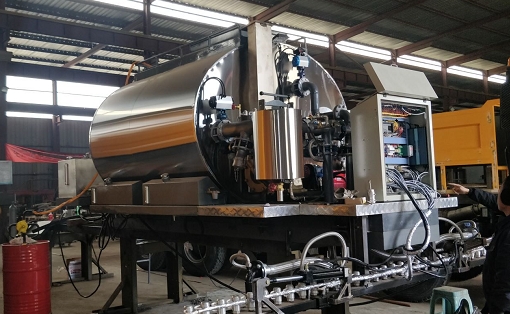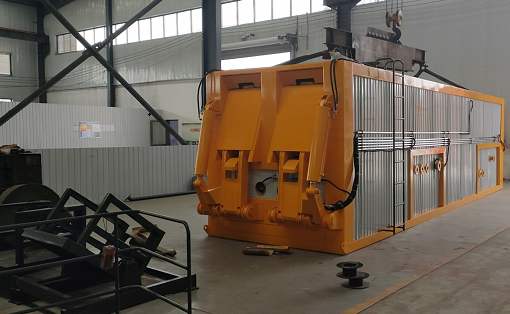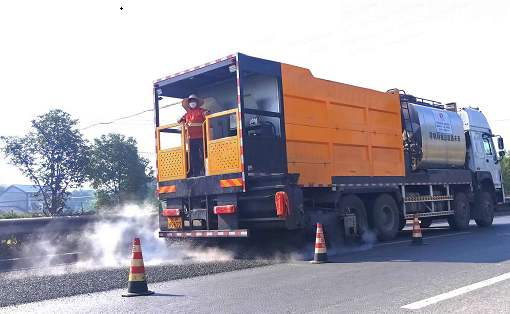How to construct asphalt gravel synchronous sealing truck
The base layer of asphalt pavement is divided into semi-rigid and rigid. Since the base layer and the surface layer are materials of different properties, good bonding and continuity between the two are the key requirements for this type of pavement. In addition, when the asphalt surface layer seeps water, most of the water will be concentrated at the joint between the surface layer and the base layer, causing damage such as slurry, looseness, and potholes to the asphalt pavement. Therefore, adding a lower seal layer on top of a semi-rigid or rigid base layer will play a vital role in enhancing the strength, stability and waterproofing capabilities of the pavement structural layer. The more commonly used one is to use asphalt gravel synchronous sealing technology.
So let’s take a look at how the construction of the asphalt gravel synchronous sealing truck is carried out:
The base layer of asphalt pavement is divided into semi-rigid and rigid. Since the base layer and the surface layer are materials of different properties, good bonding and continuity between the two are the key requirements for this type of pavement. In addition, when the asphalt surface layer seeps water, most of the water will be concentrated at the joint between the surface layer and the base layer, causing damage such as slurry, looseness, and potholes to the asphalt pavement. Therefore, adding a lower seal layer on top of a semi-rigid or rigid base layer will play a vital role in enhancing the strength, stability and waterproofing capabilities of the pavement structural layer. The more commonly used one is to use asphalt gravel synchronous sealing technology.
So let’s take a look at how the construction of the asphalt gravel synchronous sealing truck is carried out:
(1) Crushing. The waterproof layer that has just been sprinkled (sprinkled) cannot be rolled immediately, otherwise the high-temperature modified asphalt will adhere to the tires of the rubber tire roller and remove the gravel. When the temperature of the SBS modified asphalt drops to about 100°C, a rubber-tired road roller is used to stabilize the pressure for one round trip, and the driving speed is controlled at 5~8km·h-1, so that the gravel is pressed into the modified asphalt and bonded firmly.
(2) Maintenance. After the sealing layer is laid, it is strictly forbidden for construction vehicles to brake suddenly and make a U-turn. Traffic should be closed until the construction of the SBS modified asphalt seal layer is closely connected with the construction of the lower layer, then the lower asphalt layer will be constructed, and the lower layer can be opened to traffic only after the lower layer is paved. On the surface of the waterproof layer formed by the rubber tire roller, the bond between gravel and asphalt is very strong. The modified asphalt has great ductility (elastic recovery) and plays the role of a stress absorption layer, which can effectively delay and reduce the cracks in the base layer on the surface layer. reflective cracks.
(3) On-site quality inspection. Appearance inspection shows that the asphalt spreading in the asphalt seal layer should be evenly spread without leakage or excessive oil layer; the single-grained gravel in the asphalt layer and aggregate layer should be evenly spread without being heavy or leaking. Spreading amount detection is divided into total amount detection and single point detection; the former controls the overall spreading amount of the construction section, weighs the gravel and asphalt, calculates the spreading area according to the length and width of the spreading section, and then calculates the construction section Overall spread; the latter controls the amount and uniformity of spread at individual points.



